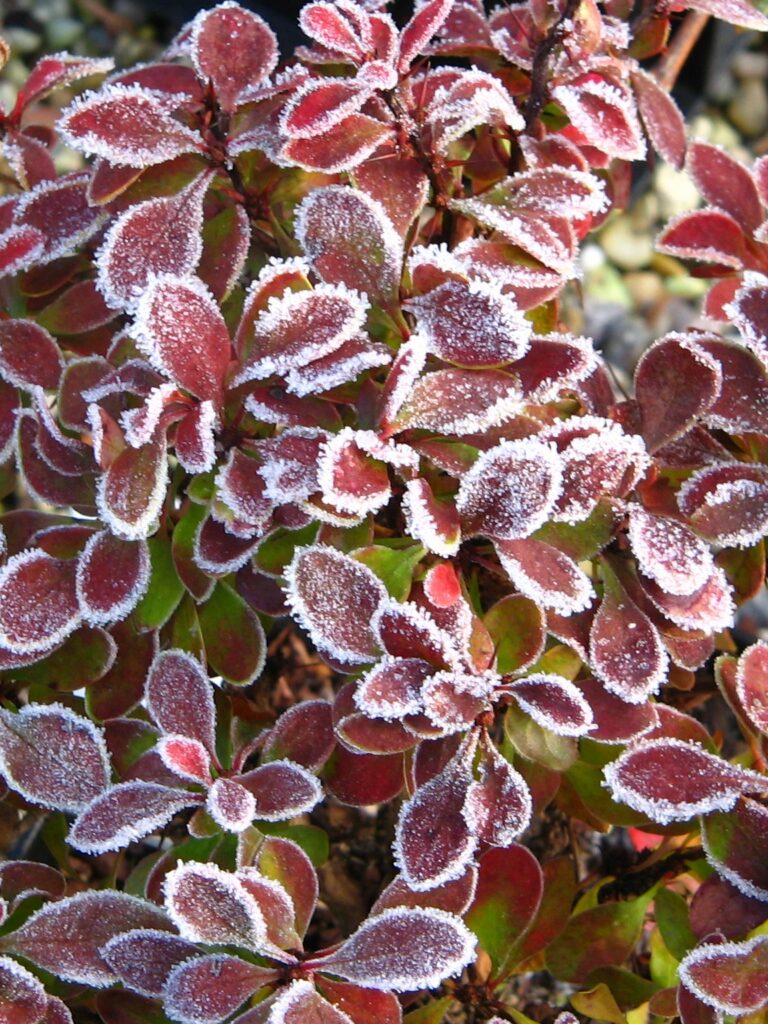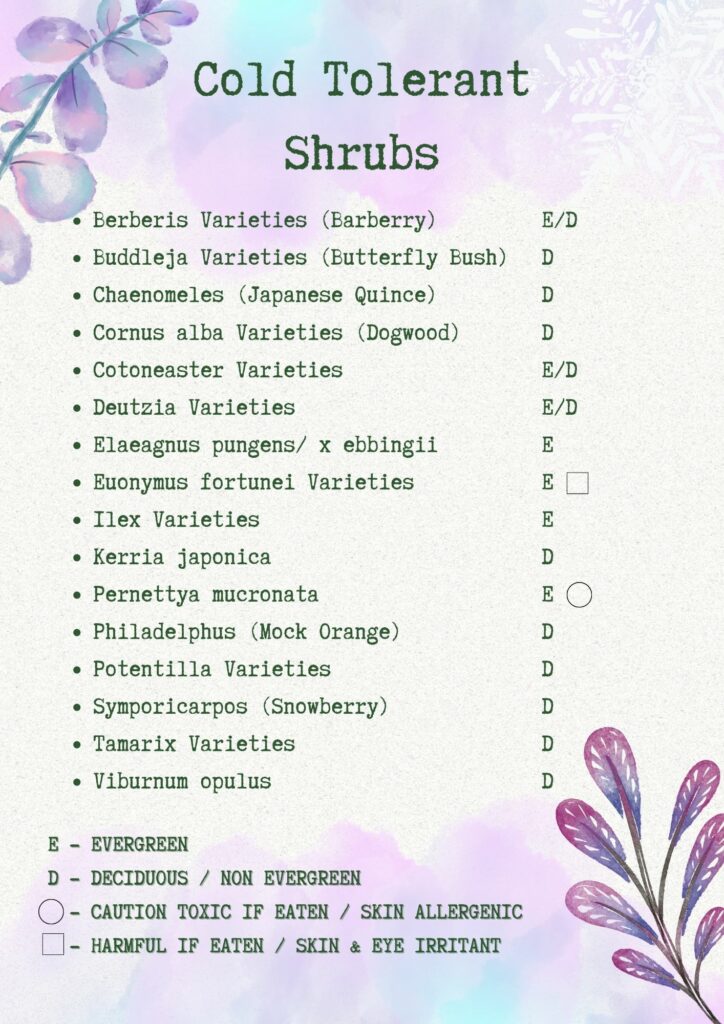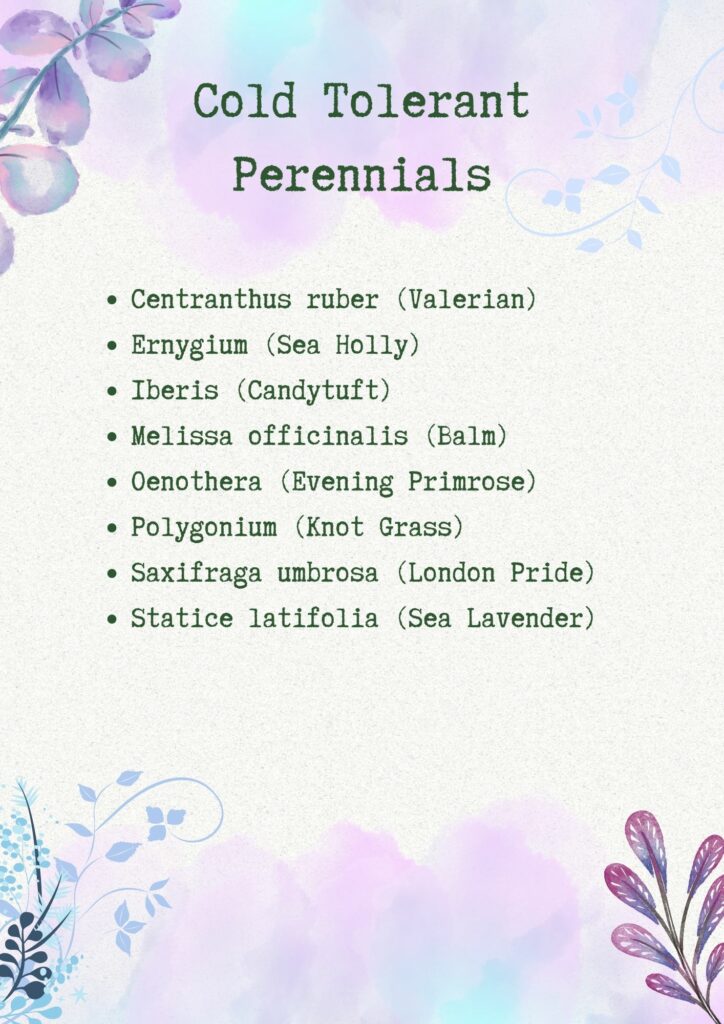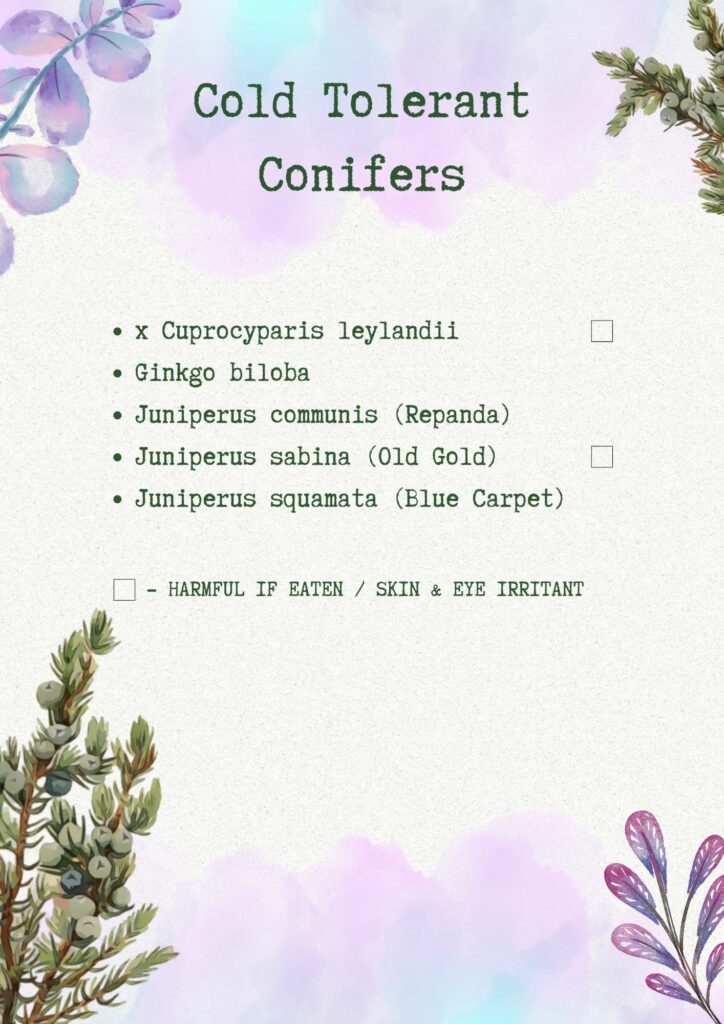Cold climate gardeners are often restricted in their plant selection due to low temperatures and drying winds. Fortunately, many plants have adapted to withstand these challenging conditions – for example, hairy leaves provide extra protection for some plants. Therefore, to ensure success in growing, it’s important to choose resilient plant species that can withstand harsher conditions.
Preparing
Soil
Cold and exposed areas may have soil that is less fertile and slower to warm up. You can enhance the quality of your soil by adding organic matter such as compost, well-rotted manure, or peat moss.
Mulch
Apply a thick layer of mulch (straw, wood chips, leaves) around your plants. This helps to retain soil moisture, regulate temperature, and suppress weed growth – and also acts as a protective layer.
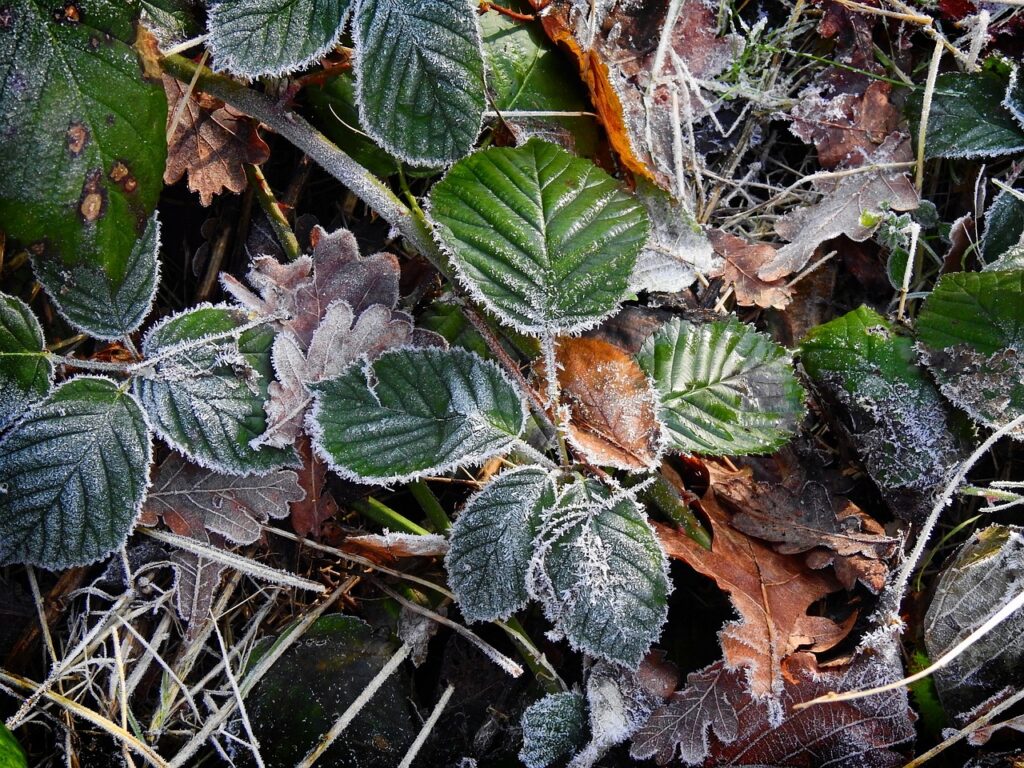
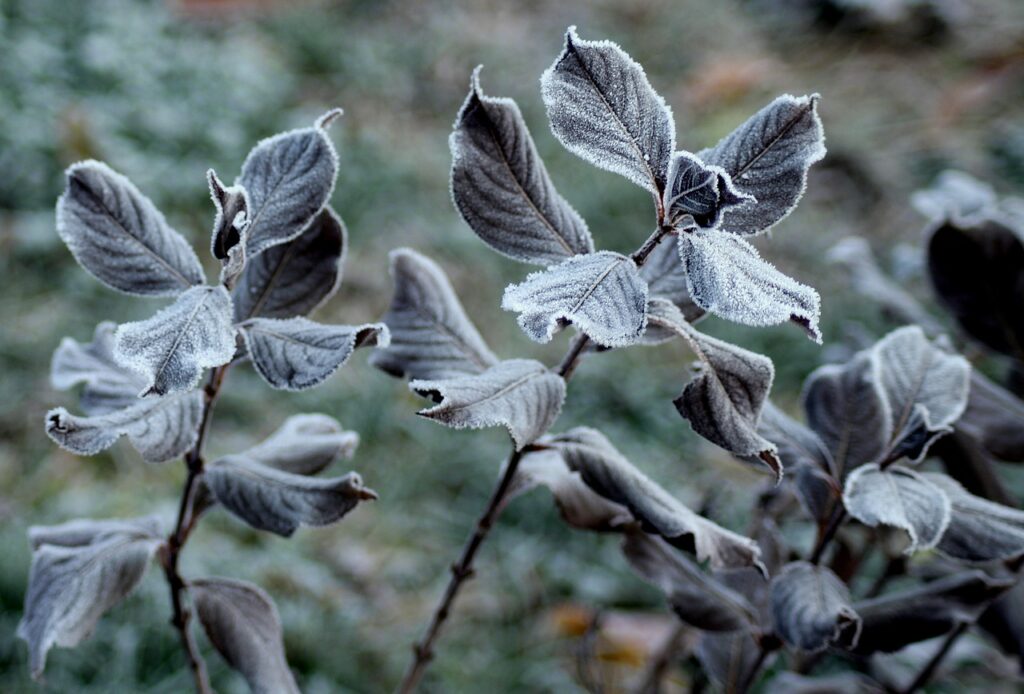
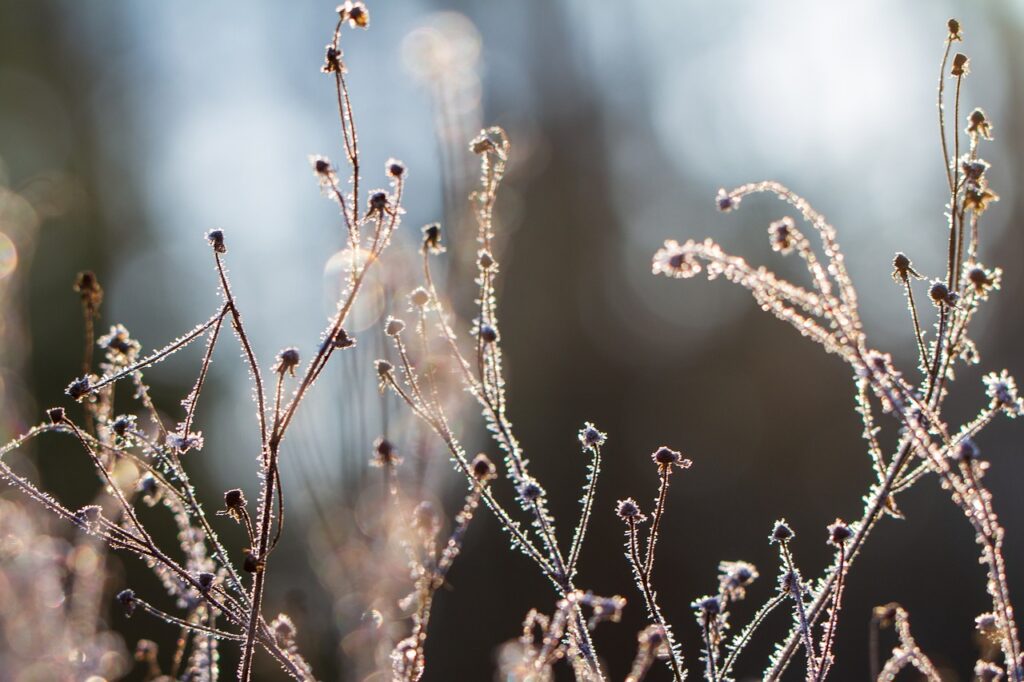
Planting
Position
Try to plant in a south facing position as these areas receive more sunlight throughout the day, which helps to keep the soil warm.
Watering
Even in cold weather watering is essential; they may not require as much water as they do in the warmer months, however, they do still need consistent moisture.
Timing
The growing season is often shorter in colder areas – start planting as soon as the frost is out of the ground in spring. You can use cold frames, cloches, or row covers to protect young plants from late spring frosts and early autumn freezes.
Top Tips:
Try to purchase plants that have been cultivated in the same conditions they will be grown in
Many plants are susceptible to spring frosts – try to choose varieties that flower slightly later in the season or those that repeat flower
Wind Scorch
Gardens located in exposed areas often endure strong winds and challenging winter soil conditions. The soil may become dried out due to the strong winds, or saturated with water from heavy rain- this can lead to waterlogged conditions. The cold weather can also cause the soil to freeze. These problems combined can cause wind or leaf scorch- resulting in scorched, brown, dry leaves.
The best way to prevent this from happening is providing windbreaks- they can be created using various materials like netting or woven hurdles.
Timing
In cold areas, the growing season is often shorter. Start planting as soon as the frost is out of the ground in spring and try to extend it as long as possible in the fall. Use cold frames, cloches, or row covers to protect young plants from late spring frosts or early fall freezes.
